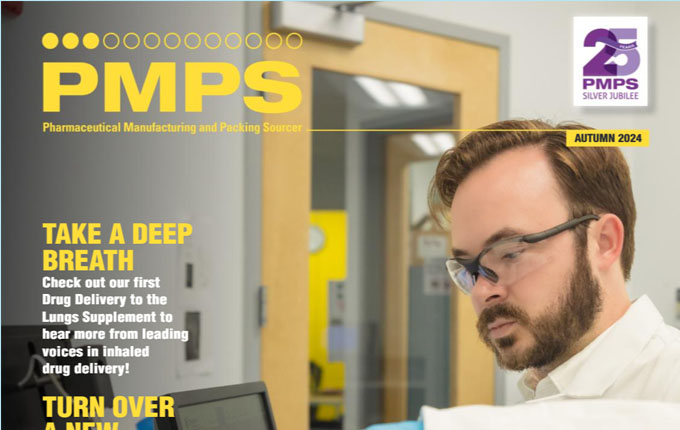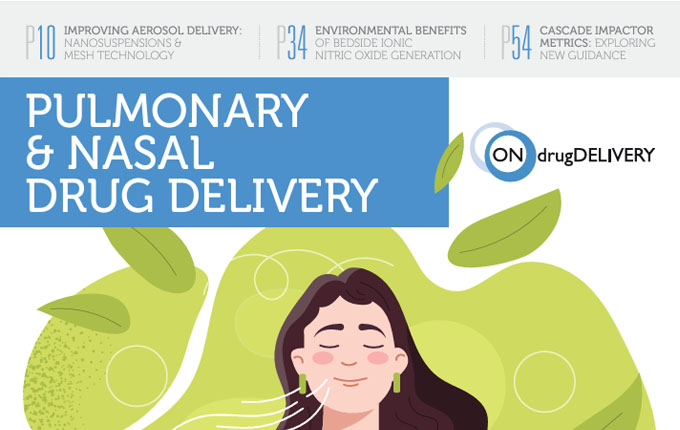In an in-depth interview with Dr. Julie Suman, the exploration of nasal casts, their historical development, and their pivotal role in nasal drug delivery was discussed.
Nasal casts, intricate replicas of the nasal cavity, have evolved from simple models based on cadavers to sophisticated 3D printed versions created from living patients’ CT or MRI scans. This evolution reflects a significant advancement in technology and an increased understanding of nasal drug delivery mechanics.
Historically, the first nasal casts were developed from cadavers, offering a patent representation of the nasal cavity for research. The Koken Co. silicone cast stands out as a notable example. However, the emergence of 3D printing has shifted preference towards creating nasal casts from images of living subjects, enhancing accuracy and relevance to targeted patient populations. The inception of nasal casts in the 1990s was driven by the need to understand drug deposition within the nasal cavity, with pioneers like Dr. Richard Dalby utilizing them to visualize spray deposition effectively, even for marketing purposes.
Nasal casts serve as a crucial bridge in nasal deposition studies, offering a cost-effective and accessible alternative to in vivo testing. They allow for the direct study of nasal deposition without the need for live volunteers or complex imaging equipment. The selection and validation of nasal casts are pivotal, necessitating a choice that mirrors the targeted patient population closely. The Aeronose™ nasal cast, developed by Aptar Pharma and the University of Tours, is highlighted for its validation with both liquid sprays and nasal powders.
Dr. Suman further elucidates the role of nasal casts in predicting in vivo deposition patterns, emphasizing their importance in generic drug development, systemic drug delivery, and vaccine distribution, especially in pediatrics. Despite their utility, challenges in faithfully reproducing nasal anatomy and limitations such as the inability to simulate dynamic nasal behaviors or mucociliary clearance are acknowledged.
Practically, nasal casts are invaluable in R&D, aiding in formulation ranking, device design refinement, and understanding the impact of usage parameters on drug delivery. They facilitate rapid, cost-effective testing, accelerating development processes. However, the lack of standardization and the static nature of nasal casts present significant challenges, limiting their broader applicability and comparison of results across studies.
Ongoing innovations aim to address these challenges, with regulatory interest and grants like those from the FDA to Virginia Commonwealth University indicating a potential shift towards standardized nasal cast models for regulatory use. Developments towards integrating artificial mucus, humidification, and flexible nose pieces, as well as combining in vitro nasal cell culture models, signify strides towards enhancing clinical relevance.
To conclude, Dr Suman states that nasal casts represent a crucial tool in the understanding and development of nasal drug delivery systems. Despite their limitations, ongoing developments and a growing interest in intranasal delivery suggest that nasal casts will become increasingly integral to pharmaceutical research, potentially revolutionizing in vitro testing and reducing reliance on animal models. Dr. Suman’s insights provide a comprehensive overview of the current state and future potential of nasal casts in the pharmaceutical landscape, highlighting their significance in advancing nasal drug delivery technologies.
Learn more about Aptar Pharma Expertise
in Nasal Drug Delivery
Learn more about Aptar Pharma Expertise
in Inhalation Drug Delivery
This Might Also Be of Interest

Optimising Preclinical Studies for Intranasal and Pulmonary Programmes
Publications, Pharmaceutical, Market Insights, Product Solutions, Drug Delivery Innovations
Targeted Aerosol Delivery to NALT Using BiVax Intranasal Atomizer
Publications, Pharmaceutical, Market Insights, Product Solutions, Drug Delivery Innovations

PureHale® & The Future of Fine Mist Dispensers for Upper Airway Treatments
Publications, Pharmaceutical, Drug Delivery Innovations, Brand Differentiation, Market Insights, Product Solutions
Acute Migraine Relief: Nose-to-Brain Delivery with Lipid Nanoparticles
Publications, Pharmaceutical, Drug Delivery Innovations, Market Insights, Product Solutions

